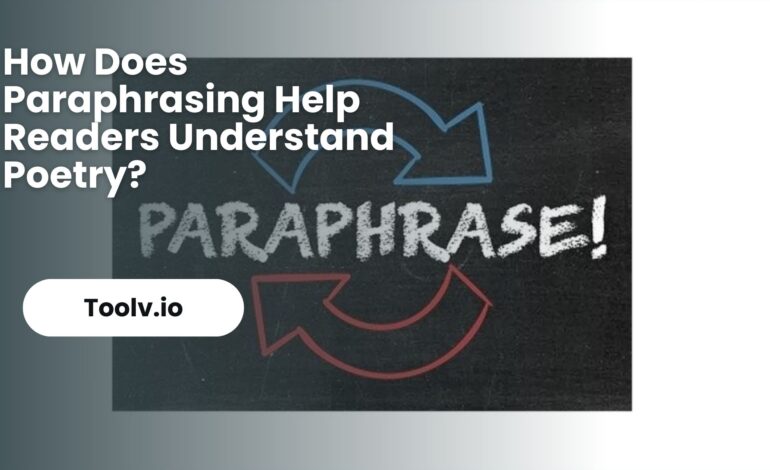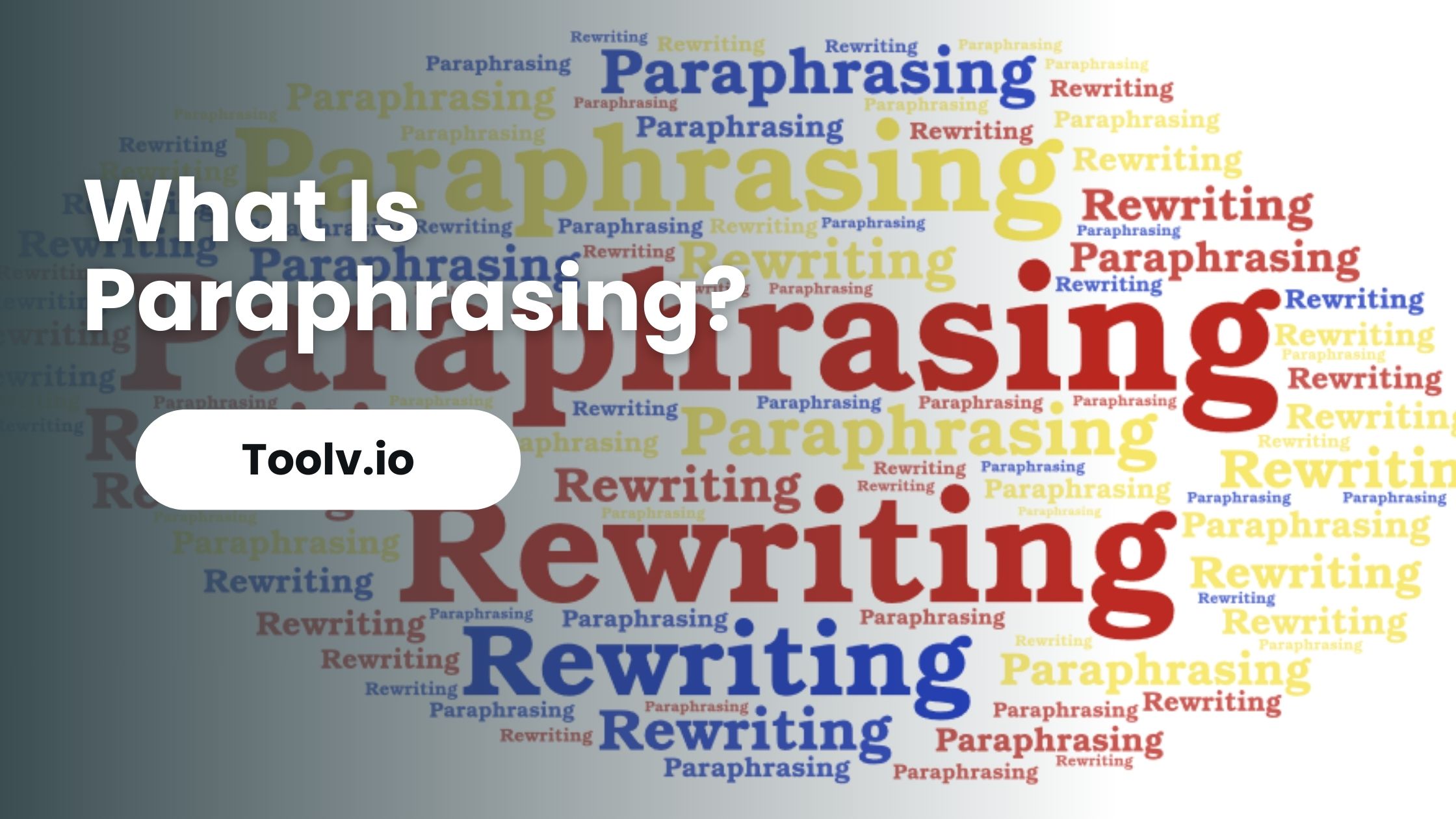Difference Between Paraphrasing and Summarizing?

Paraphrasing and summarizing are two key skills in writing and communication. Paraphrasing involves rewording a piece of text in your own words, keeping the original meaning. It’s like saying the same thing but in a different way.
In this article, we will discuss the nuances of paraphrasing and summarizing. We’ll explore how each technique is used, their importance, and the situations where one might be more suitable than the other.
What Is Paraphrasing?
Paraphrasing is like restating what someone else said but using different words. This is useful because it helps you understand and explain ideas better.
When you paraphrase, you keep the original meaning but change the words and structure. It’s not just about swapping words; it’s about rethinking the whole sentence or idea.
Good paraphrasing shows that you understand the original text well. It also helps avoid copying exactly, which is not allowed in writing. By paraphrasing, you make the idea your own but still give credit to where the idea came from.
Key Techniques in Paraphrasing
- Understanding the Original Text: Before you start, make sure you fully understand the original message. Read it a few times if needed. This helps in capturing the essence without losing the original meaning.
- Using Your Own Words: Rewrite the text using your vocabulary. Avoid using the same words or phrases from the original. This shows your grasp of the idea and your ability to express it anew.
- Changing the Sentence Structure: It’s not just about changing words, but also about altering how the sentence is constructed. This might mean breaking a long sentence into two shorter ones or combining short sentences into a longer, more complex one.
What Is Summarizing?
Summarizing means to give a brief statement of the main points. It’s like when you tell a friend the main idea of a story without all the details. You focus on the key parts and leave out less important stuff.
This helps in understanding and remembering the main points. When you summarize, you take a big piece of information and make it shorter. Think of it like a movie trailer.
The trailer shows the important parts of a movie but doesn’t tell the whole story. This way, someone gets the idea without needing to know every part.
Key Techniques in Summarizing
- Understand the Text: First, read the entire text to grasp its overall meaning. It’s important to fully understand what the author is saying before trying to summarize it.
- Identify Main Points: Look for the central ideas or arguments. These are often found in topic sentences of paragraphs or in highlighted or repeated concepts.
- Use Your Own Words: Express the main ideas in your own language. This demonstrates your understanding and avoids plagiarism.
- Keep it Brief: A summary should be significantly shorter than the original text. Focus on the essence of the text without going into detailed examples or side points.
- Maintain the Original Meaning: While using your own words, ensure that the original message and intent remain intact. Avoid adding your own opinions or interpretations.
- Organize Logically: Present the summarized ideas in a logical order that reflects the structure of the original text.
- Review and Revise: After writing your summary, compare it to the original to make sure you’ve captured the key points accurately and succinctly.
Difference Between Paraphrasing and Summarizing
Paraphrasing involves taking a piece of text and rewriting it in your own words. It’s like retelling a story differently while keeping all the original details and meaning. The length of a paraphrased text is usually similar to the original. It’s often used to make something clearer or to present it in a different style.
Summarizing, on the other hand, is about condensing the text. It involves picking out the main ideas or points and leaving out the rest. A summary is much shorter than the original text. It gives an overview or a snapshot of the main points, not all the details.
Paraphrasing is like restating the entire message in a new way while summarizing is about highlighting only the key points in a brief format.

FAQs
What is the difference between paraphrasing and summarizing?
Paraphrasing involves rewording a piece of text in your own words, usually keeping the same level of detail as the original. Summarizing, on the other hand, involves condensing the main ideas of a text into a shorter form, focusing on the key points and omitting most details.
When should I paraphrase?
You should paraphrase when you need to use someone else’s ideas but want to avoid plagiarism by expressing those ideas in your own words. Paraphrasing is also useful for clarifying complex information.
When should I summarize?
Summarizing is best when you need to present the main ideas or an overview of a larger text, such as in a literature review or an introduction to a research paper.
Conclusion
Paraphrasing and summarizing both change the original text, but in different ways. Paraphrasing words without changing meaning, is useful for clarity and avoiding plagiarism.
Summarizing shortens, keeping only key points. This helps in understanding and remembering the main ideas.
Toolv.io’s paraphrasing tool is great for quick and effective paraphrasing. It maintains original ideas while altering the words, making writing tasks easier and more efficient.
For more information about how to convert text to speech, click our how to convert text to speech post. For free text to speech tools click on our free text to speech tool post.





